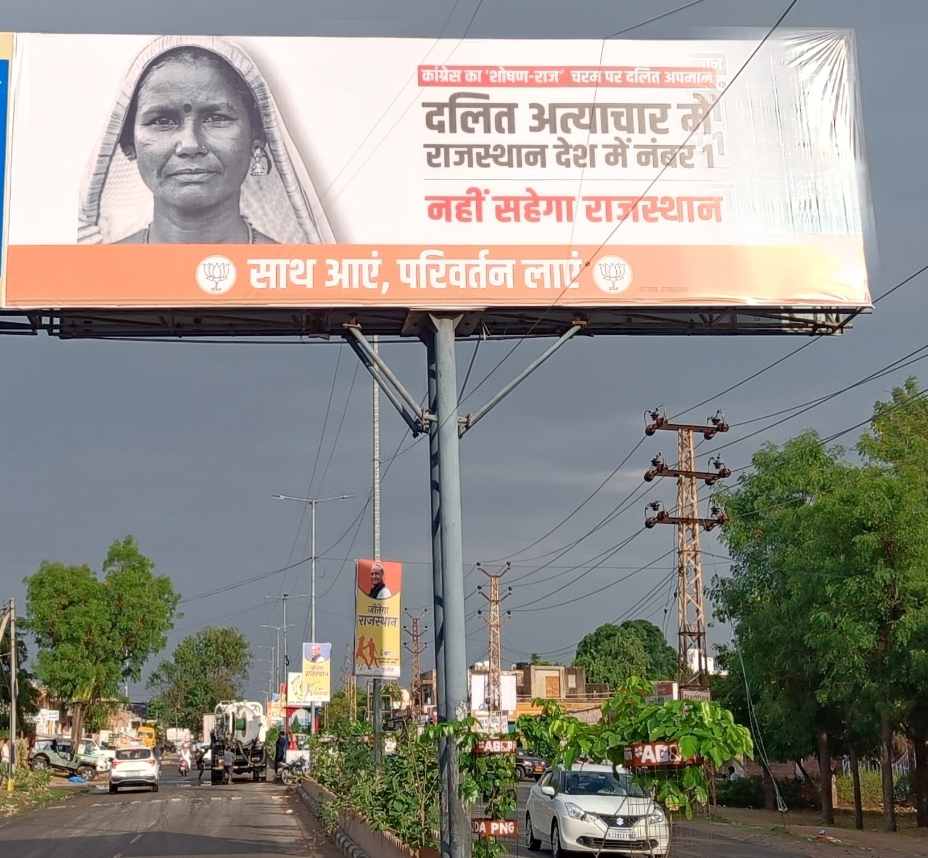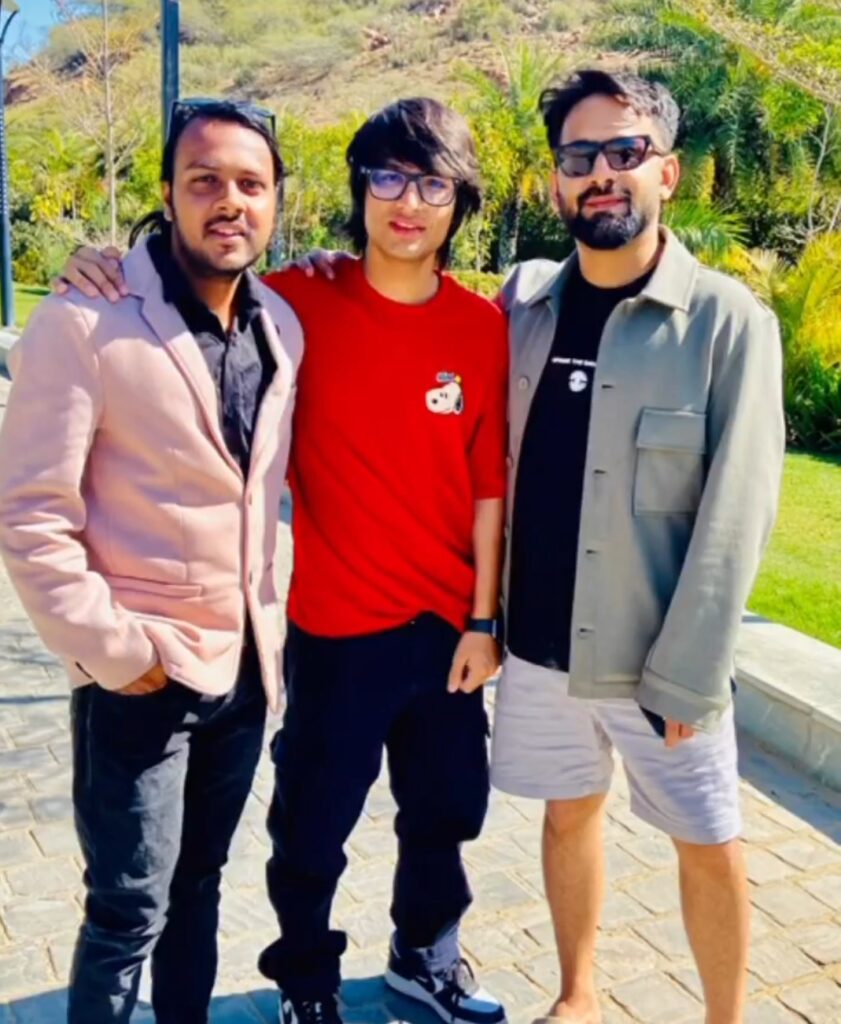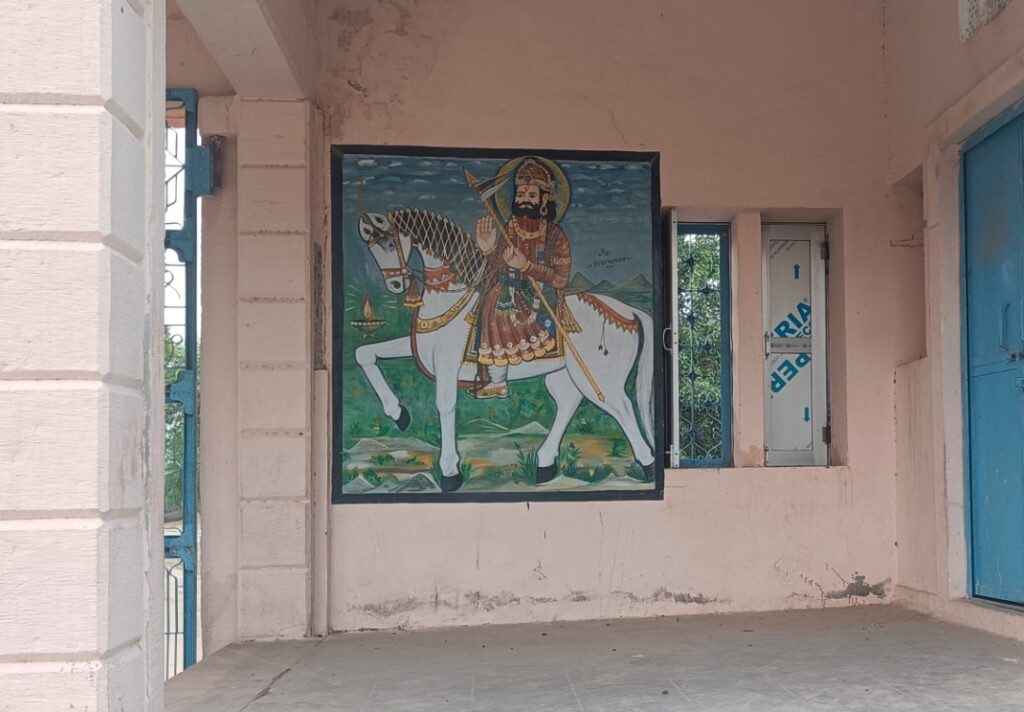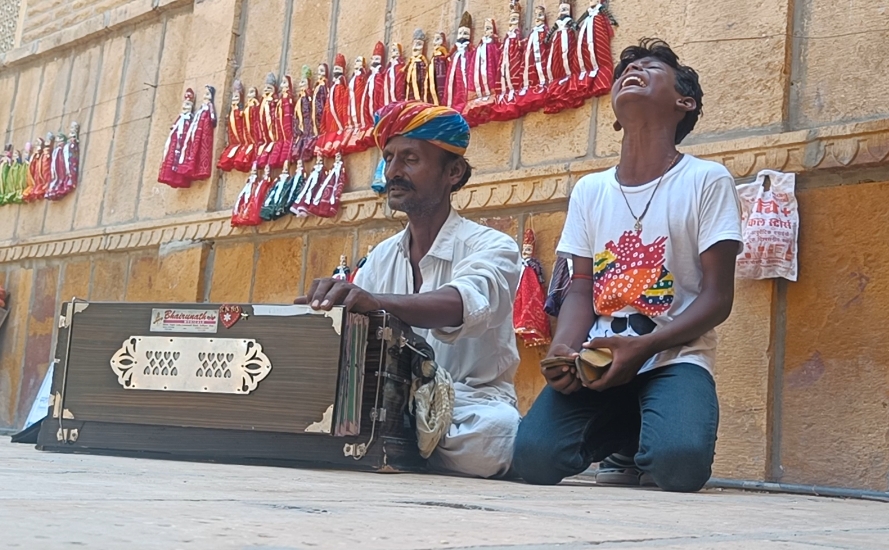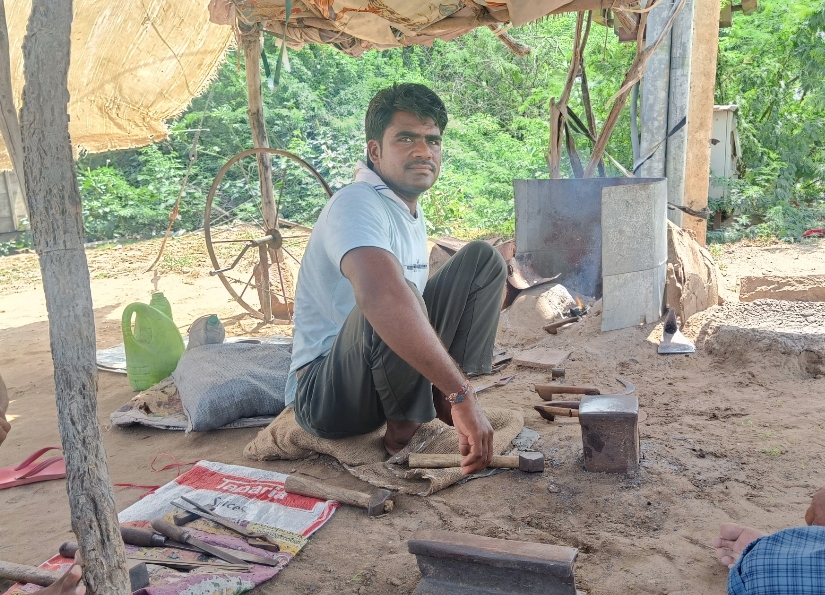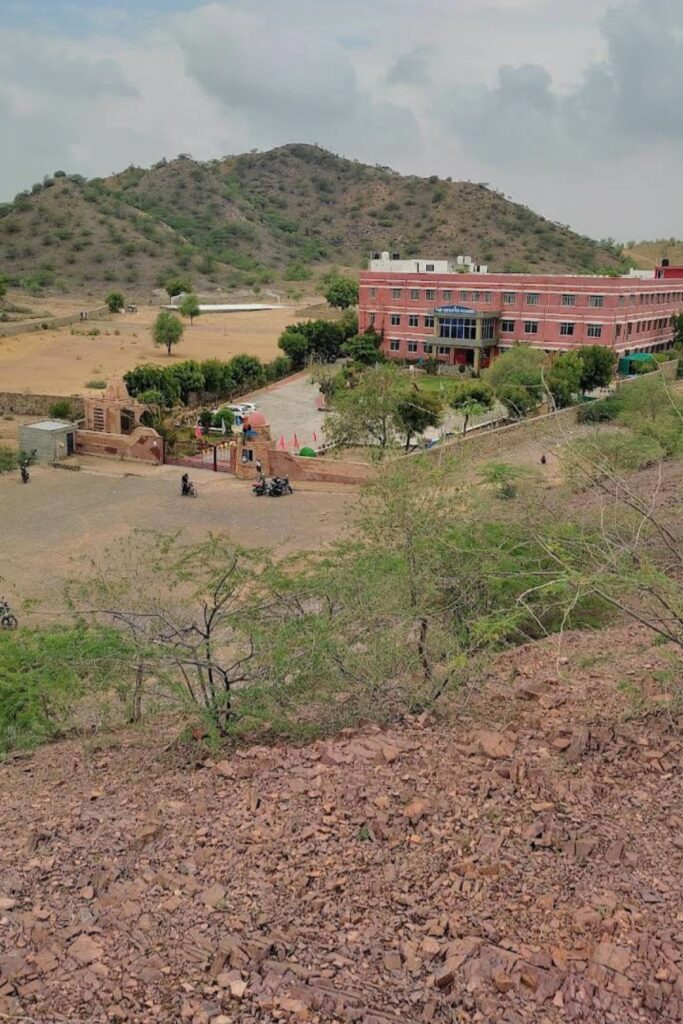Rajasthan, one of the Indian states, grapples with underdevelopment in many areas, where people continue to uphold ancient traditions passed down through generations. It’s common to observe professions being inherited, like a blacksmith’s son following in his father’s footsteps or a teacher’s son becoming a teacher. Among these communities is the Manganiar class, part of the Muslim community, known for their folk music. They’ve been performing for wealthy landlords and aristocrats for generations, and music is deeply ingrained in their culture, with newborns’ cries eagerly awaited to check if they have a natural rhythm.
In this community, women typically don’t participate in singing performances, so male children are highly prized as they’re seen as the means to sustain their families. To this day, many of these community members sing on the streets to make a living.
During my all-India cycling tour, I had the privilege of meeting Mr. Sattar Khan, a member of this community, and his 13-year-old son, Khanu Khan. They perform at Jaisalmer’s sunset point to earn donations from visitors. Conversations with them provided valuable insights into their mindset and the challenges they face in making a livelihood through street performances.
Photo: Sattar Khan with his son Khanu Khan on the streets of Jaiselmer
The life of Manganiyar community people
Mr. Sattar Khan vividly recounted how Jaisalmer has transformed over the years, now attracting hordes of tourists to its golden landscape. He painted a stark picture of his childhood, describing how his mother would endure long walks under the scorching desert sun just to fetch a single bucket of water for her children. Raised in abject poverty, he explained that their survival hinged on mastering music as children and performing for the affluent during various occasions to eke out a living. On days when their musical talents weren’t in demand, they resorted to seeking sustenance from the homes of wealthy landlords, a different form of begging, as he put it.
Sattar Khan shared that he began singing at the age of 11, accompanying his father to sing in order to earn enough for the day. Hailing from a family of 5 brothers and 2 sisters, all reliant on singing for their livelihood, he shed light on the prevalent practice of early marriages within their community. In 2003, at the tender age of 20, he became a married man. In addition to their musical pursuits, they also engaged in cattle rearing to make ends meet.
